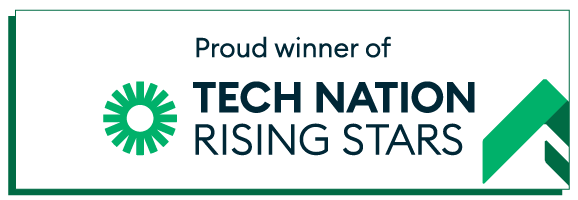- Just: Content Team
- October 2, 2022
- Estimated Reading Time - under 3 minutes
Voice recognition and speech recognition are both AI assisted technology, but they actually perform different tasks. Don’t worry, you’re definitely not alone if this sounds mind boggling, so here we’ll explain the differences between the two.
Voice recognition
So let’s start with voice recognition. Voice recognition detects human speech patterns, recognises what is being said and responds appropriately. It’s the technology used in smart speakers and applications such as Siri and Alexa. Voice recognition is a large market in the UK – over 19.6 million people, 50% of households, own a smart speaker.
Speech recognition
Speech recognition, however, detects and understands human speech patterns, and then generates human responses. It uses a process known as Natural Language Processing or NLP.
What are the differences?
- Voice recognition software, as the name suggests, is about detecting a particular person’s voice and then responding to it. Speech recognition, on the other hand, is concerned with what is being said.
- Voice recognition tends to be focussed on specific tasks, like telling you what the weather is or playing your favourite radio on command. Speech recognition has a much wider remit. Rather than perform certain jobs, it is used for quickly generating speech to text transcription or simulating human behaviour.
Uses of voice recognition
- Smart speakers – as we mentioned earlier, voice recognition technology is widely used in smart speakers and related apps, such as Amazon’s Alexa or Siri.
- Security – voice recognition is increasingly being used as a way to verify a user. For example, multinational bank HSBC uses voice recognition to identify 2.9 million customers and has reportedly saved as much as £249 million from fraudsters as a result.
Uses of speech recognition
- Transcription – speech recognition is great for quick and cost effective transcripts. Depending on the quality of audio, it can reach as high as 90-95% accuracy.
- Videos – closed captions that assist people with disabilities are dependent on speech recognition technology.
- Hands free communication – widely used in cars. Speech recognition technology is also found on almost all mobile devices to enable dictated speech when messaging.
- Education – speech recognition can be used in certain education settings, for example language learning applications.
How effective is speech recognition for transcriptions?
Automated speech recognition is a neat tool for producing fast cheap transcripts, but it does come with some drawbacks, mainly in the accuracy department. Although speech recognition technology can achieve up to 90% accuracy with a good clean recording, any awkward accents or unclear audio can quickly bring this figure down into the low seventies or below. This is where a human transcription can score. Speed is a similar story. Speech recognition transcription is normally fast and depending on the length of the recording can be done within minutes. However, add multiple speakers or poor quality audio and it can take hours.
Final thoughts
In the end you have to weigh up the pros and cons relative to the job you’re trying to undertake. If you’re looking for a rough guide to things said at a meeting and want to create minutes, then an automated transcription might be for you. However if you need a verbatim copy of a recording with poor audio or heavy background sound, it might be wiser to pick a human service.


